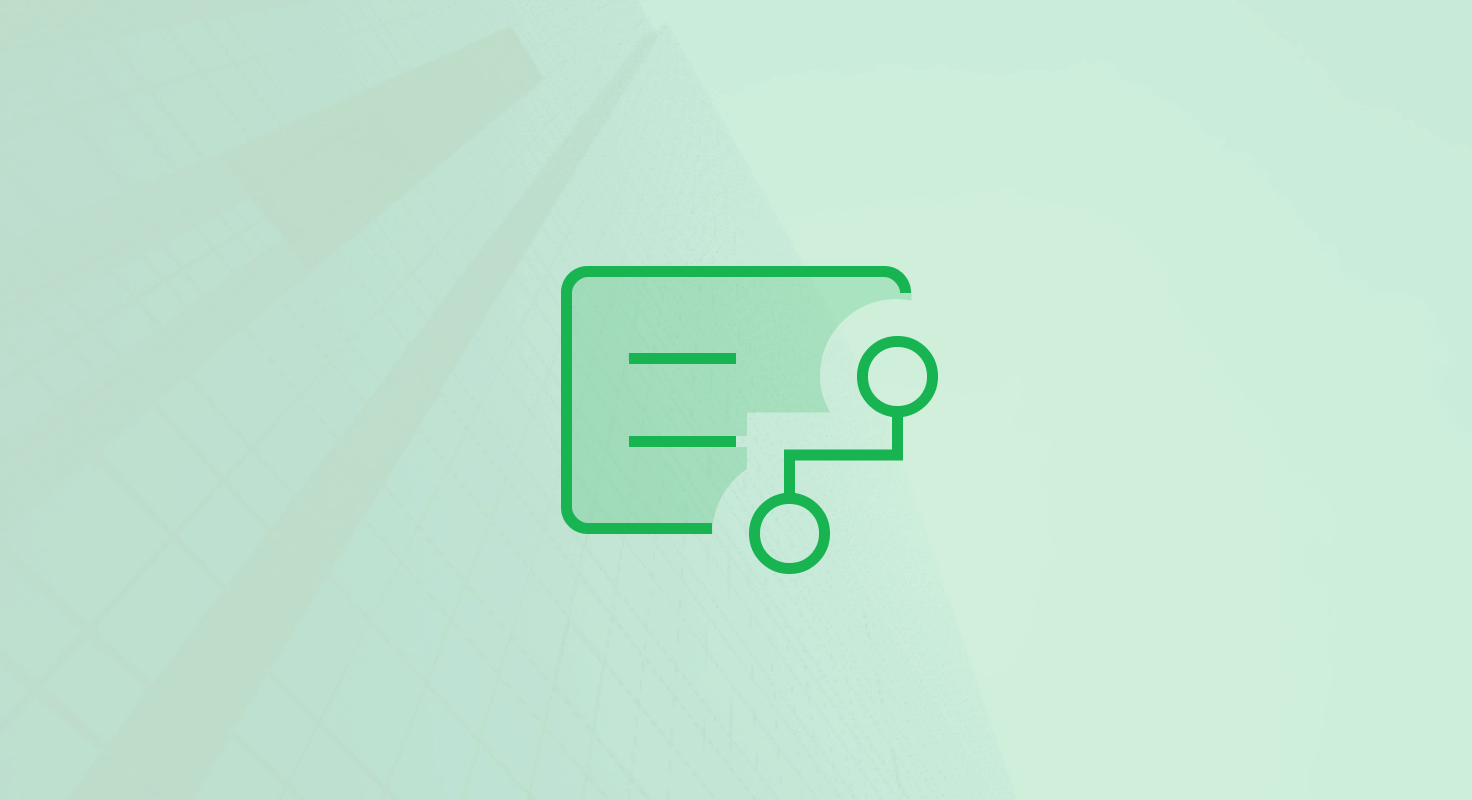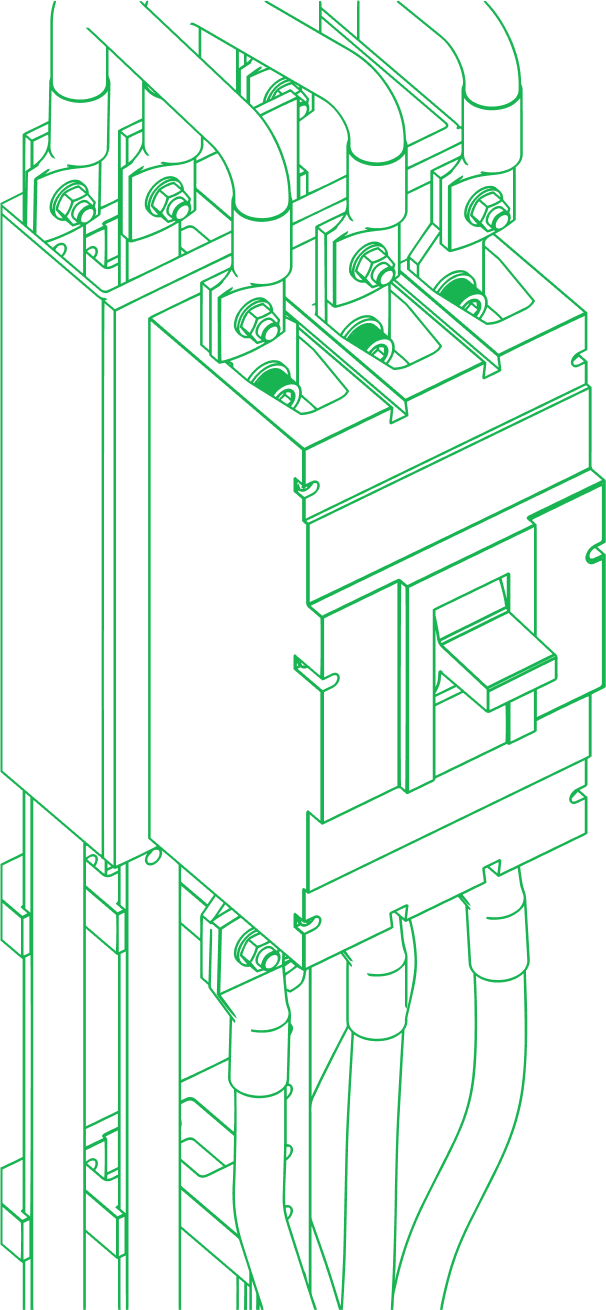Table of Contents
Nonprofit organizations operate under tight constraints: limited budgets, small teams, and a constant push to engage donors who expect fast, personalized communication. In 2025, HubSpot has evolved into a full donor-engagement platform, complete with Data Hub, Breeze AI Agents, and unified marketing, sales, and service tools, making it one of the most powerful CRMs for nonprofits looking to grow efficiently.

Here’s how today’s nonprofits can use HubSpot to streamline operations, deepen donor relationships, and drive more impact.
TL;DR: Why does HubSpot work so well for nonprofits?
-
Centralized donor data: Track every interaction and personalize communications
-
Automated outreach: Set up workflows for follow-ups, event invites, and donation reminders
-
Better fundraising: Launch targeted campaigns with landing pages and CTAs that convert
-
Seamless setup: Use onboarding, integrations, and migrations to unify your systems
-
Future-proof tools: Use Breeze AI Agents, Data Hub automation, and predictive engagement scoring to personalize donor communication at scale
Start simple with the HubSpot Free CRM to centralize donor data and track every interaction in one place.
(Affiliate link: if you sign up through it, we may earn a commission at no extra cost to you.)
What are the key benefits of using HubSpot for nonprofits?
How HubSpot for Nonprofits Improves Donor Management

In addition, nonprofits using HubSpot can integrate donor records with customer service tools, ensuring that every interaction, whether from a donor, volunteer, or community member—is tracked and addressed efficiently. This comprehensive view of donors enables nonprofits to understand their supporters better and personalize their interactions.
Case Study
Color Of Change leveraged HubSpot to gain total revenue clarity, unifying their donor data and engagement workflows across digital campaigns and activism events.
Reda full case study HERE
HubSpot now tracks engagement using AI-powered interaction scoring, giving nonprofits deeper insight than just email opens, such as page-level activity, donor readiness signals, and predicted likelihood to give again. By analyzing these metrics, nonprofits can identify which communication strategies are resonating with their donors and make data-driven decisions to improve their outreach efforts.
Automate follow-ups, event invites, and donor journeys with HubSpot Marketing Hub
(Affiliate link: if you purchase through it, we may earn a commission at no extra cost to you.)
Boosting Communication With HubSpot for Nonprofits
By leveraging automation features, nonprofits can create workflows that trigger follow-up emails, send event reminders, and automate responses to donor inquiries, ensuring that no engagement opportunity slips through the cracks. Nonprofits can segment their donor base based on various criteria, such as donation history or engagement level, and send tailored messages that speak directly to each segment.
Also, HubSpot’s 2025 automation features, especially Breeze AI-generated sequences, allow nonprofits to send highly personalized follow-ups without manually writing every message.. This not only saves time but also helps nonprofits stay top of mind with their supporters.
Using HubSpot for Nonprofits to Streamline Fundraising

HubSpot gives nonprofits the tools they need to launch targeted campaigns that convert, from donation pages to automated giving reminders.
Updated capabilities include:
-
Drag-and-drop landing pages
-
AI-written impact stories and CTAs
-
Real-time donation tracking through Data Hub integrations
-
A 360° view of donor journeys across appeals, emails, and campaigns
Real nonprofit proof points:
FIRST®, a nonprofit robotics organization,
➡️ increased lead conversions by 50% year-over-year after implementing HubSpot’s integrated platform, showing how advanced CRM tools boost engagement and enrollment.
Greater Good Charities, operating in 121 countries,
➡️ has distributed more than $350 million in grants with help from HubSpot’s personalization + engagement tools, enabling better communication with over 5,000 nonprofit partners worldwide.
With fundraising platforms like Classy, Fundraise Up, Givebutter, and Donorbox syncing automatically, nonprofits get instant visibility into donor behavior, recurring gift performance, and campaign ROI.
How can nonprofits successfully implement HubSpot?
Implementing HubSpot for a nonprofit organization requires careful planning and execution. Here are some key steps to ensure a successful implementation:
Set Clear Objectives
If one of your primary goals is growing your donor base, HubSpot’s marketing sales tools can help you track, segment, and nurture leads until they’re ready to contribute.
By clearly defining your goals and objectives, you can align your implementation strategy with your organization's mission and vision. For example, if your nonprofit's main objective is to increase donor engagement, you can use HubSpot's powerful tools to create personalized email campaigns and targeted communication strategies.
Get started with the HubSpot Starter Customer Platform – Monthly ($20/seat) to unlock automation, dashboards, and unified donor tracking right away.
(Affiliate link: if you purchase through it, we may earn a commission at no extra cost to you.)
Customize HubSpot

Nonprofits can also use HubSpot’s AI content assistant and Breeze AI to optimize blog posts, improve SEO, and generate donor-focused content in minutes.
For instance, you can customize donor fields to capture specific information that is relevant to your fundraising efforts. Additionally, creating personalized email templates will allow you to communicate with your donors in a more targeted and impactful way.
Train Your Team
Provide comprehensive training and enablement, including HubSpot’s updated 2025 Academy courses for nonprofits, covering donor pipelines, engagement scoring, and automation.
By offering ongoing support and encouraging continuous learning, you can empower your team to make the most out of HubSpot's capabilities. This will result in improved efficiency, better donor engagement, and ultimately, greater success in achieving your nonprofit's objectives.
Implement Data Migration
Accurate and reliable data is the foundation of any successful nonprofit organization. When migrating donor data into HubSpot, nonprofits should use Data Hub transformation tools to clean, dedupe, and standardize records, ensuring donor history, communication preferences, and gift data remain intact. Take the time to perform regular data quality checks to maintain accurate records and avoid any potential errors. By having clean and up-to-date data in HubSpot, you can make informed decisions, personalize your communications, and effectively engage with your donors.
What future trends are shaping HubSpot for nonprofits?
As technology continues to evolve, HubSpot for nonprofits is constantly being updated with new features and enhancements. Here are some future trends that nonprofits can look forward to:
AI and Machine Learning Integration
AI advancements, led by Breeze AI, predictive analytics, and automated donor scoring, give nonprofits new ways to forecast donor churn, predict major-gift likelihood, and identify which outreach efforts will perform best.
. These technologies will enable HubSpot to analyze vast amounts of data, identify patterns, and make predictions. Nonprofits will be able to gain valuable insights into donor behavior, allowing them to tailor their outreach efforts and engagement strategies accordingly.
Enhanced Donor Engagement
Donor engagement is crucial for the success of any nonprofit organization; HubSpot recognizes this and is committed to enhancing the donor experience.
AI chatbots and live-chat routing now help nonprofits give real-time support while personalizing donor interactions based on previous engagement and predicted interests.
These chatbots will be able to answer frequently asked questions, provide updates on ongoing campaigns, and even suggest donation amounts based on the donor's previous giving history.
HubSpot's personalized content recommendations will ensure that donors receive tailored communications, helping to foster a deeper connection with the cause. Social media integration will also play a significant role in donor engagement, allowing nonprofits to reach a wider audience and create a sense of community around their mission.
Advanced Analytics
HubSpot’s 2025 analytics suite, featuring Revenue Attribution v3, Engagement Scoring, and multi-touch donor reporting, helps nonprofits measure donor retention, recurring revenue trends, and the true ROI of every campaign. With comprehensive analytics, nonprofits will be able to understand the effectiveness of their fundraising efforts, optimize their marketing strategies, and allocate resources more efficiently. HubSpot's analytics will also enable nonprofits to demonstrate their impact to stakeholders, providing transparency and accountability.
Summing it Up
Nonprofits can use HubSpot’s 2025 toolset, Data Hub, Breeze AI, Marketing Hub, and best-in-class fundraising integrations, to streamline operations, deepen donor relationships, and grow their mission more efficiently than ever. By leveraging the features and capabilities offered by HubSpot, nonprofits can focus more on their core mission and maximize their impact.







.png)

.png)
